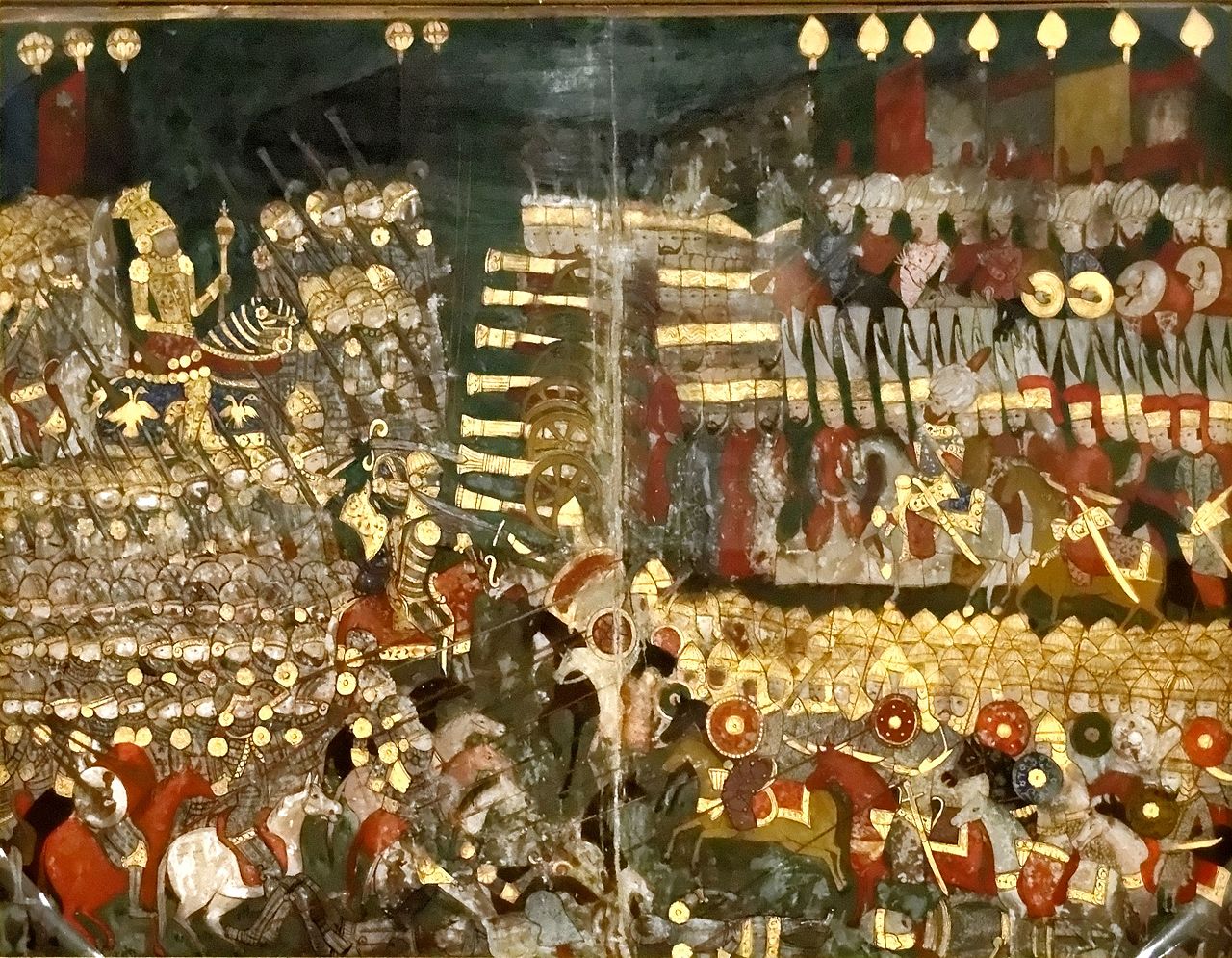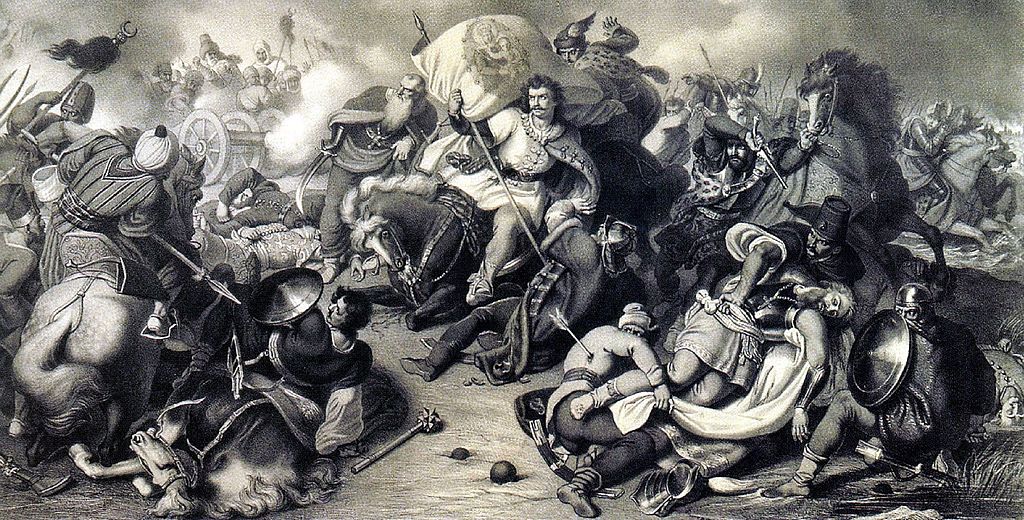Do we have misconceptions about one of the biggest Hungarian battles?

The Battle of Mohács in 1526 could have actually been fought on September 8 instead of August 29 as it was previously believed, said Norbert Pap, the Historical Geography professor at the University of Pécs, who is the leading researcher of the Suleiman Tomb complex near Szigetvár.
Norbert Pap, the leader of the research group which also examined the site of the Battle of Mohács, said to Origo that August 29, 1526, is one of the best-known dates in Hungarian history. The memory of the battle of Mohács was intertwined with the day of the beheading of St. John the Baptist and thus became the day of mourning for the Hungarian nation that lost its king and leaders.
“With this, August 29 became sacred. Symbols were built on it: the 200-year anniversary memorial site of the battle, the Battlefield Memorial Chapel (Csatatéri Emlékkápolna), was dedicated to St. John the Baptist,” Norbert Pap explained.
However, if we convert the time of written sources dated according to the Julian calendar used during the battle to the Gregorian calendar, the anniversary would be September 8, not August 29, he said.
But according to his explanation, the chronological location of the Battle of Mohács is determined by tradition. When telling the historical events of the 15-16th centuries, each important event – be it a Muslim, Christian, or Jewish calendar – is depicted as one of its holy days. However, sometimes calendars had to be reformed to remain usable for everyday life and religious practice, and also to be able to adapt to astronomical phenomena.

This is also what happened in 1582 when, under the papacy of Gregory XIII, the 10-day slip to the spring point of the Julian calendar, which was used in the contemporary Christian world, was corrected. This was later remedied, among other things, by omitting 10 days following October 4, so the next day became October 15, instead of October 5. The reform was successful, the calendar was corrected, and the spring solstice, as well as other important astronomical events, were coordinated with it. The calculation of important religious holidays and the planning and organisation of agriculture have also become much more straightforward.
The researcher noted, however, that tradition is unreformable. Within a single year, holidays are followed by other holidays, and each has its own religious significance and symbolic meaning, as well as historical connotation. After a while, the calendar reforms carried out to organise the agricultural works have separated the sacral and secular (accurately measured) time.

But what does it imply for Mohács? Norbert Pap emphasised that if we changed the day of remembrance, it would completely disrupt the memory of Mohács, which has a 500-year-old nation-building tradition. According to today’s Catholic calendar, September 8 is the Nativity of Mary and does not have any significance related to the Battle of Mohács.
“The birthday of the Virgin Mary is a celebratory day and could not be further from the tragic day of August 29 in Hungarian history,” he added.
Due to its symbolic content, this national day of mourning is therefore still on August 29, but in the context of their research, the fact that the battle, according to the Gregorian calendar, was on September 8 has major implications about the circumstances of the clash and the campaign of 1526 itself.
The professor said that the chronology of specific events on the day of the battle, for example, the sunrise and sunset, are different on September 8 than on August 29.
It has major significance in their historical study, as Ottoman sources describe the events of the Battle of Mohács in connection with Muslim prayers, which in turn are linked to astronomical (the Sun’s cycle) phenomena. In order to be able to reconstruct the events of the Battle of Mohács more accurately, the local time measured on the plain of Mohács on the day of the clash has to be calculated as per September 8 in the Gregorian calendar. According to Norbert Pap, among other things, when studying the movements of both the Hungarian and Ottoman armies, it may be worth considering the 10-day difference between August 29 and September 8.

The time when the crop ripens and the harvest takes place is important when researching the events of the campaign, as it was only after the harvesting work in the fields was done that the Hungarian troops were sent to the camp at Mohács.
When examining the conditions of the armies and its preparations, it is worth taking into account the fact that the 10-day slip in the Julian calendar means a significant difference in the vegetation cycle and the organisation of agricultural work.
Another circumstance worth mentioning is that due to the cold period, also called ‘Little Ice Age’, November was a winter month in the 16th century. The Ottomans withdrew from Hungary as the weather turned cold. The turning day was Kashim’s Day, October 26, which was St. Demeter’s Day according to the Julian calendar. A retreat in mid-October, based on the previous information, did not take place in the middle of autumn as it would be today, but back then it was the very end of autumn, or perhaps even early winter.
That is why the difference between the two calendars and its potential implications for the weather should be taken into account when researching the decisions of the military leadership of both parties, and of course, it is not only true for the events in 1526, the professor said. The recent find was reported by Norbert Pap and his research colleagues Péter Gyenizse, Máté Kitanics, and Gábor Szalai in the journal Balkán Füzetek (Balkan Papers).
Source: Origo.hu





